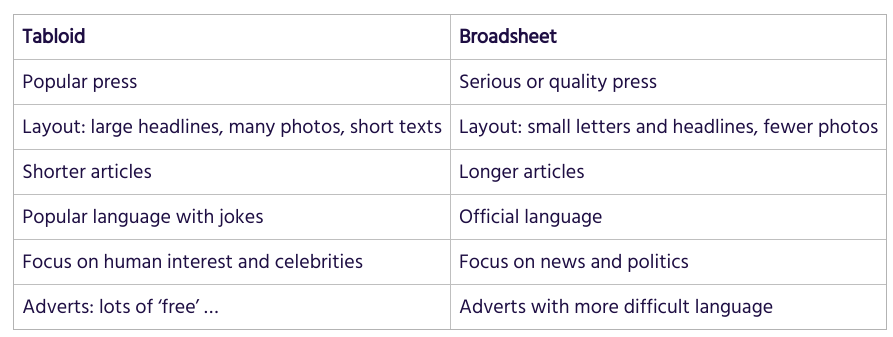Het arrangement Trede 23 herhaling is gemaakt met Wikiwijs van Kennisnet. Wikiwijs is hét onderwijsplatform waar je leermiddelen zoekt, maakt en deelt.
- Auteur
- Laatst gewijzigd
- 2024-02-14 00:53:46
- Licentie
-
Dit lesmateriaal is gepubliceerd onder de Creative Commons Naamsvermelding 4.0 Internationale licentie. Dit houdt in dat je onder de voorwaarde van naamsvermelding vrij bent om:
- het werk te delen - te kopiëren, te verspreiden en door te geven via elk medium of bestandsformaat
- het werk te bewerken - te remixen, te veranderen en afgeleide werken te maken
- voor alle doeleinden, inclusief commerciële doeleinden.
Meer informatie over de CC Naamsvermelding 4.0 Internationale licentie.
Aanvullende informatie over dit lesmateriaal
Van dit lesmateriaal is de volgende aanvullende informatie beschikbaar:
- Toelichting
- In deze wikiwijs kan je alle leerstof leren en oefenen voor de eindpresentatie.
- Eindgebruiker
- leerling/student
- Moeilijkheidsgraad
- gemiddeld
Bronnen
| Bron | Type |
|---|---|
|
oefenen past simple https://engelsklaslokaal.nl/oefenen-met-grammatica/oefenen-met-1-tijd/simple-past/ |
Link |
|
Past Simple uitleg https://www.youtube.com/watch?v=zRY7AT_9X7w |
Video |
|
How to Do Well on Multiple Choice Questions https://www.wikihow.com/Do-Well-on-Multiple-Choice-Questions |
Link |
|
Fake news https://kenniston.nl/view/07605d46-6d33-ee11-b8f0-000d3a2d6f81 |
Link |
|
Read a text about why people read celebrity gossip and answer questions. https://kenniston.nl/view/6b88772e-6d33-ee11-b8f0-000d3a2d6f81 |
Link |
|
Skim and scan stories about the most famous hoaxes in history. https://kenniston.nl/view/10605d46-6d33-ee11-b8f0-000d3a2d6f81 |
Link |
|
Reading oefenen B1 en B2 https://allesvoorengels.nl/vaardigheden/lezen/ |
Link |
|
Reading oefenen B1 en B2 https://lingua.com/nl/engels/lezen/ |
Link |
|
Exercise: Preparing a news article https://kenniston.nl/view/09605d46-6d33-ee11-b8f0-000d3a2d6f81 |
Link |
|
Eindpresentatie trede 23 oefenen https://kenniston.nl/task/1b6a7e5f-6733-ee11-b8f0-000d3a2d6f81 |
Link |



